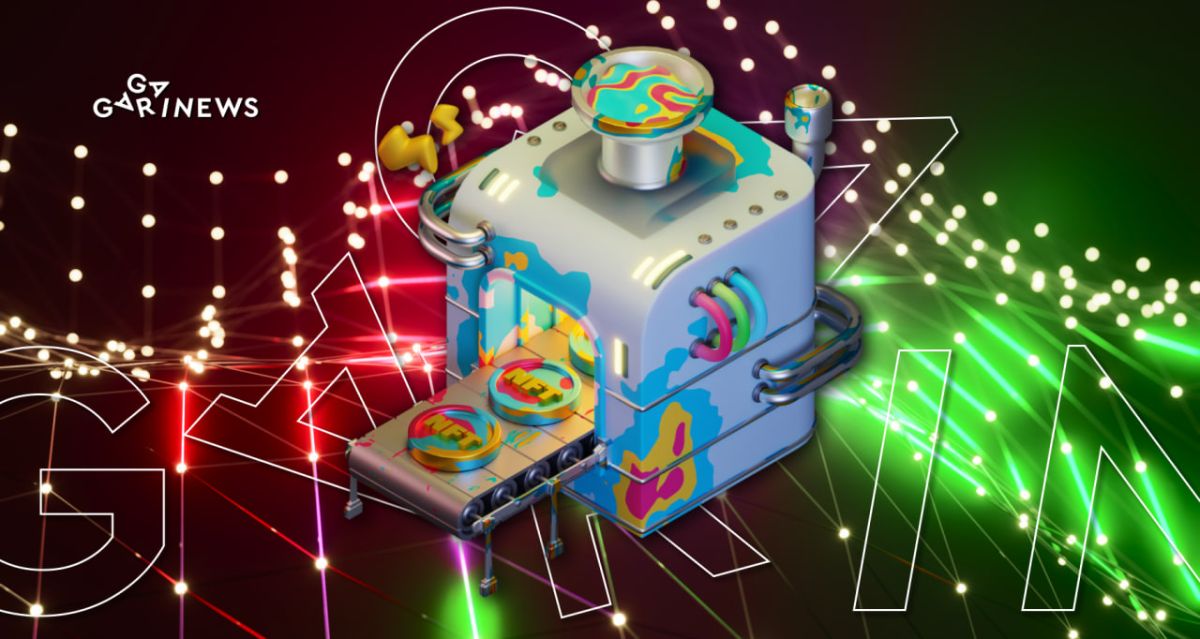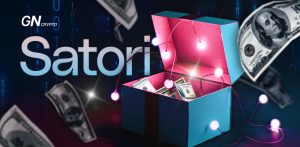Сan NFTFi be a new trend in 2023?

NFTFi (Non-fungible-token Finance) is a relatively new branch within the cryptocurrency space that combines decentralized finance and the NFT sphere. It may be divided into four segments: derivatives, renting, fractionalization, and lending.
On this page
Derivatives
The NFT is of significant growth and its volatility rivals that of cryptocurrencies. Many crypto enthusiasts have found a way to profit from the market through NFT flipping, which involves buying and reselling NFTs for a profit. An alternative is now emerging – in the form of NFT derivatives.
They are futures contracts that allow betting on the future price of certain NFTs. For flippers, this opens up new possibilities, one of which is shorting. In addition, it is now possible to use leverage and earn from the price changes of expensive NFT collections, which were previously not affordable.
Renting
NFT Renting has become a popular way for many to benefit from the NFT market. Apart from being art pieces, NFTs today also provide access to exclusive communities, testnets, and airdrops. Additionally, NFTs are used in P2E projects, where they can offer bonuses or opportunities to earn.
There are two types of NFT renting: collateral and zero-collateral. In the first case, the person renting the NFT must secure it with cryptocurrency. For the safety of the transaction, the collateral value should exceed the value of the NFT.
The rental zero-collateral scheme is even more intriguing, as the lessee does not receive the original NFT, but rather a copy that has the same properties. This is a wrapped NFT that is burned utilizing a smart contract when the rental agreement expires. Thus, the agreement is secure and beneficial for both parties.
Fractionalization
Fractionalization of NFTs involves dividing them into smaller pieces, creating tokens that give partial ownership rights to the NFT. This allows more people to invest in valuable collections, increasing liquidity on the market.
There is, however, a significant issue with NFT fractionalization. The original NFT is locked and transferred to a decentralized platform for fractionalization. In order to release the original NFT, all of its parts must be reassembled, which may not always be possible.
Lending
NFT can be used as collateral for cryptocurrency loans. Smart contracts are used to execute such deals, similar to regular decentralized platforms. The loan amount does not exceed the collateral value, which is usually calculated based on the minimum NFT price on the market.
Additionally, the NFT lending industry offers the option to purchase NFTs on credit, where the NFT is only received after the contract period has expired and all monthly payments have been made. Although this may seem unwise at first, the main advantage of such a purchase is that the price of the NFT is locked in at the time of the agreement. Even if the market value of the NFT has risen significantly, the payments on the loan remain unchanged. As a result, it is possible to buy NFTs at a favorable price even if one doesn't have the necessary funds.
Prospects
NFTFi is still a nascent industry that will grow as the NFT market expands. Since NFTs already offer a variety of use cases, the prospects for NFTFi are rather bright. What matters most is that the decentralized finance sector does not fall under regulatory scrutiny. However, it appears to be more protected in this regard compared to other areas of the cryptocurrency sphere.
The content on The Coinomist is for informational purposes only and should not be interpreted as financial advice. While we strive to provide accurate and up-to-date information, we do not guarantee the accuracy, completeness, or reliability of any content. Neither we accept liability for any errors or omissions in the information provided or for any financial losses incurred as a result of relying on this information. Actions based on this content are at your own risk. Always do your own research and consult a professional. See our Terms, Privacy Policy, and Disclaimers for more details.

























